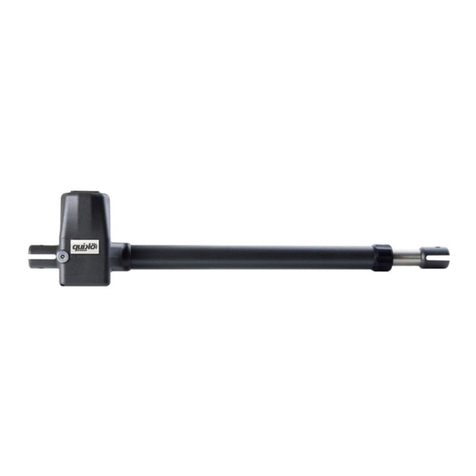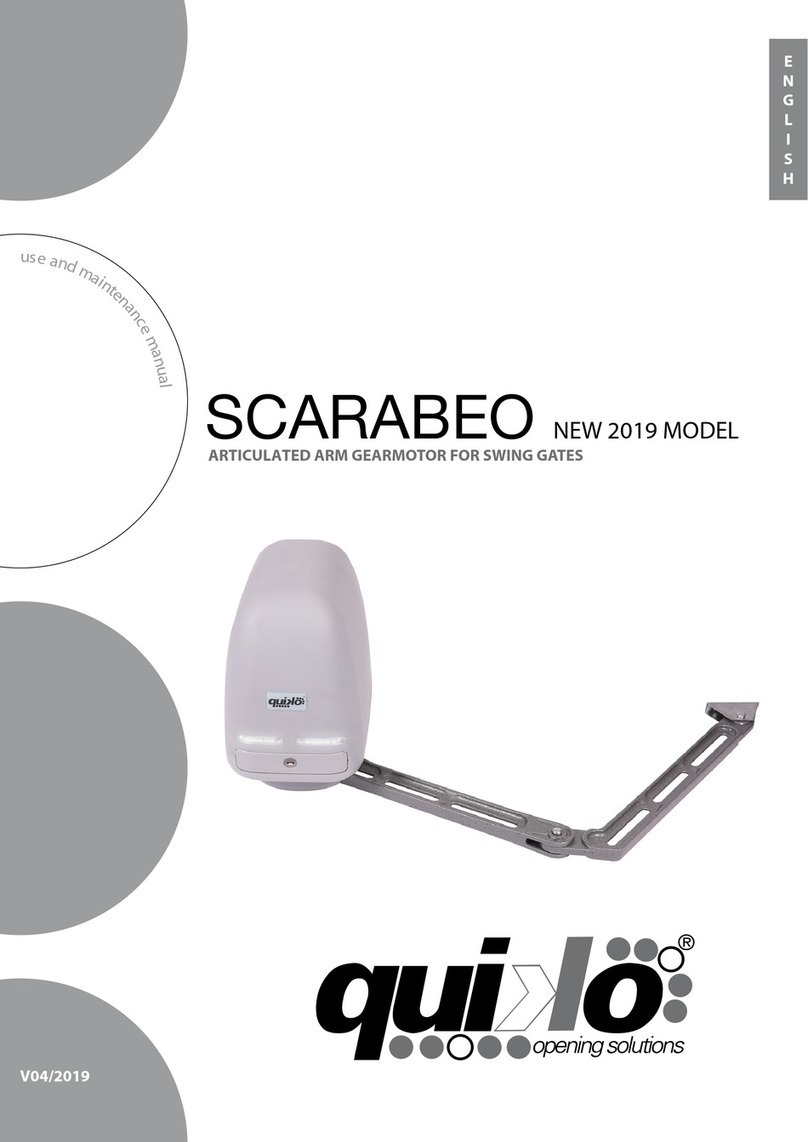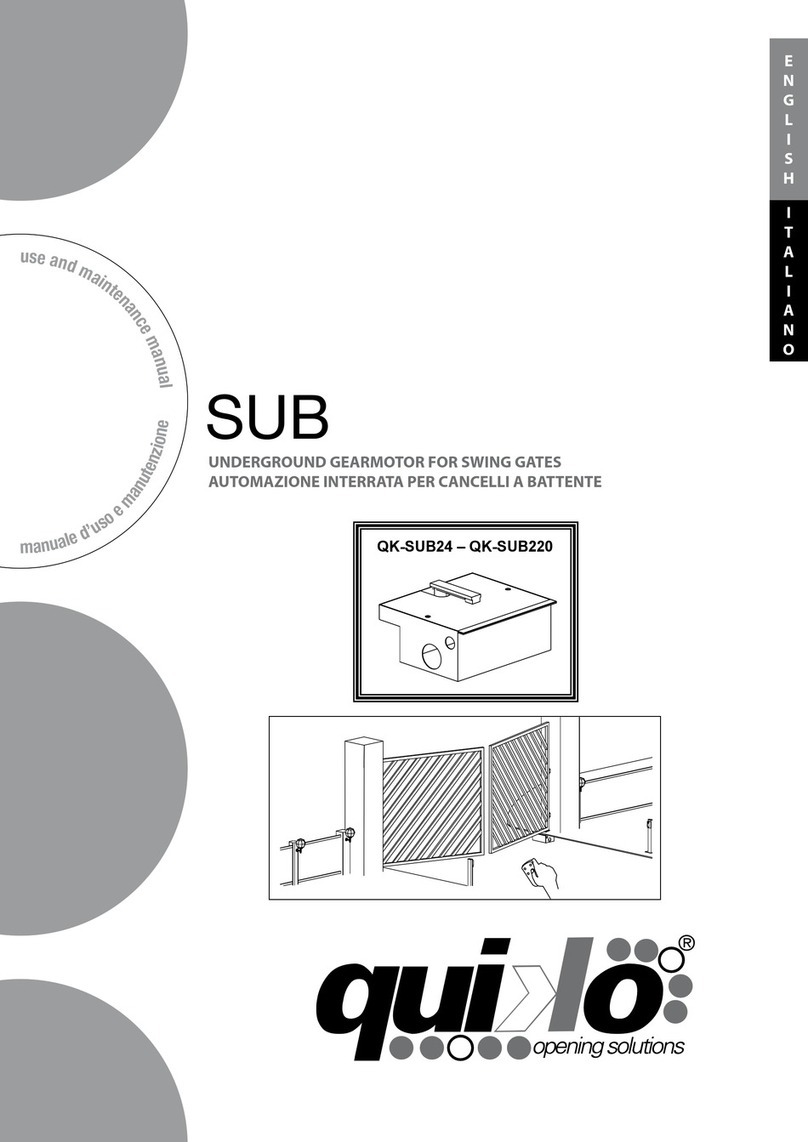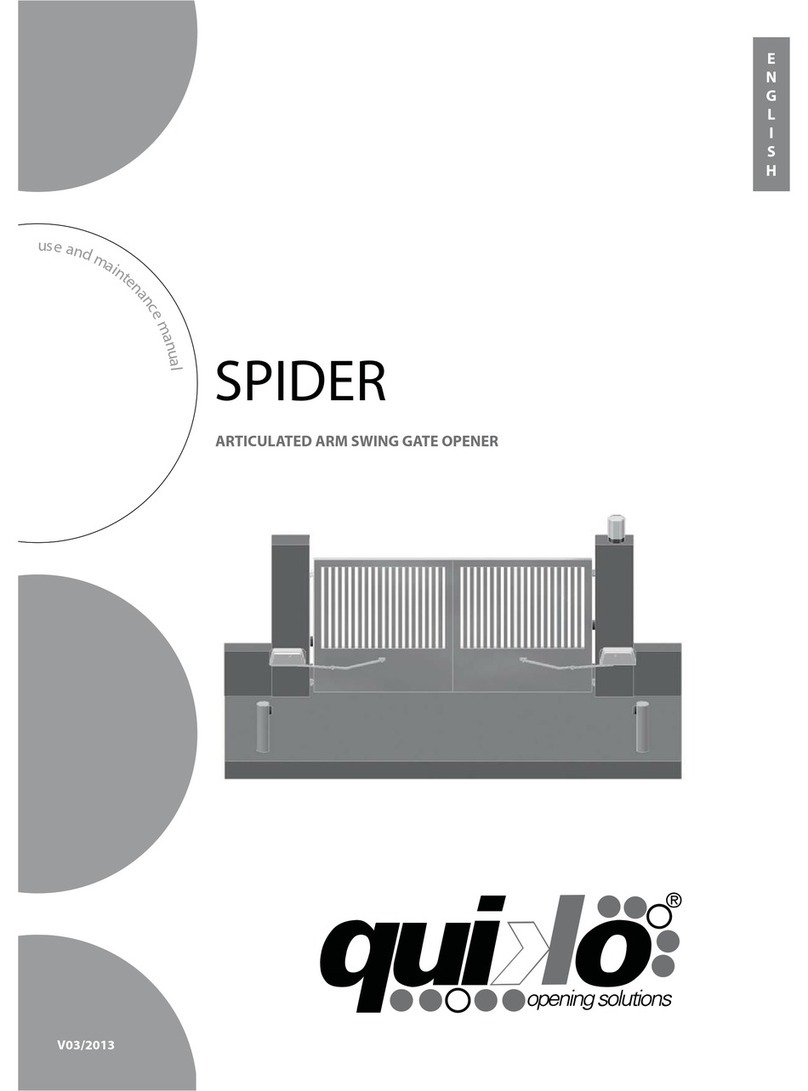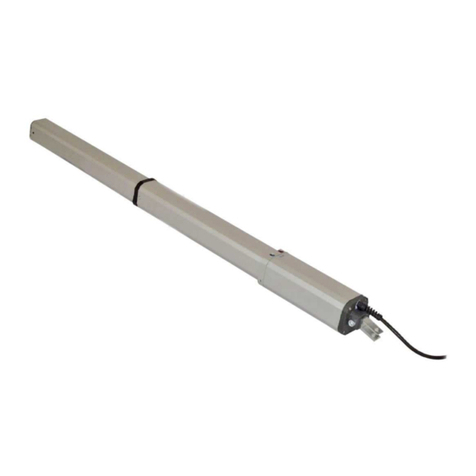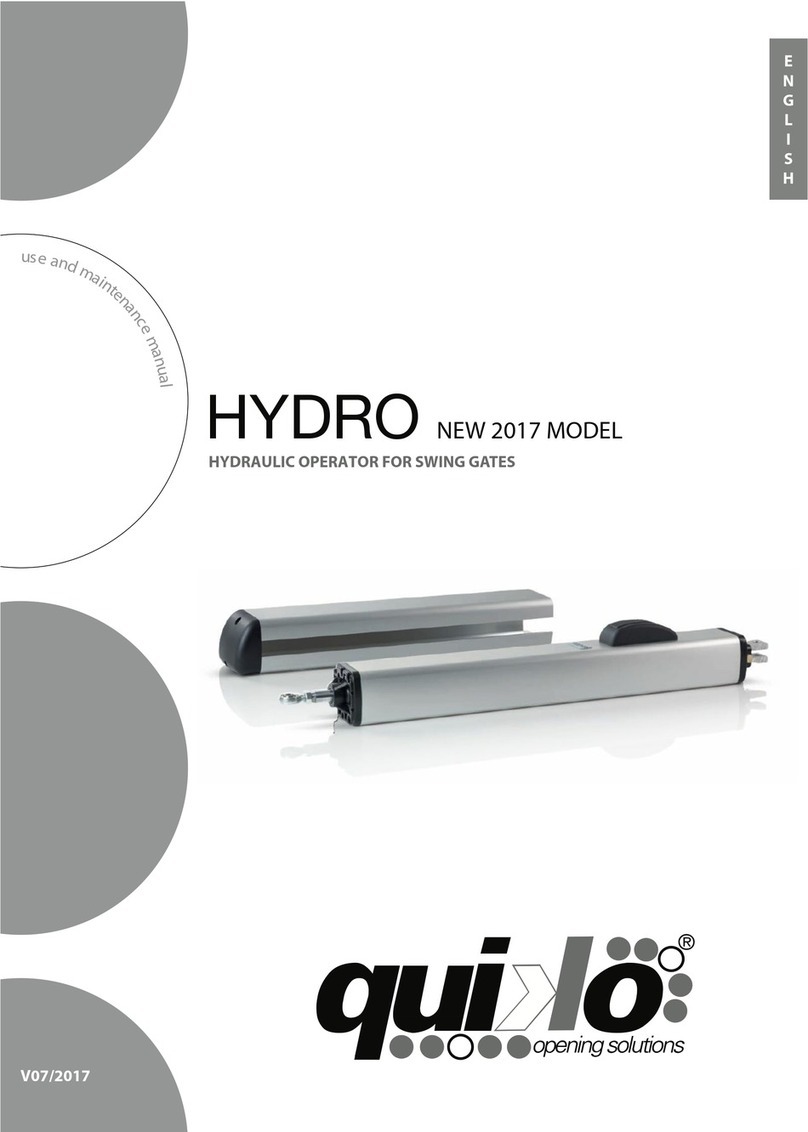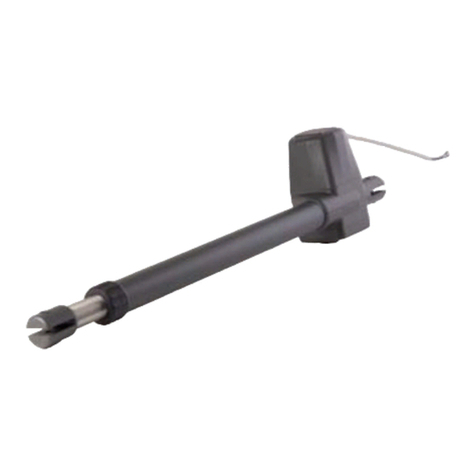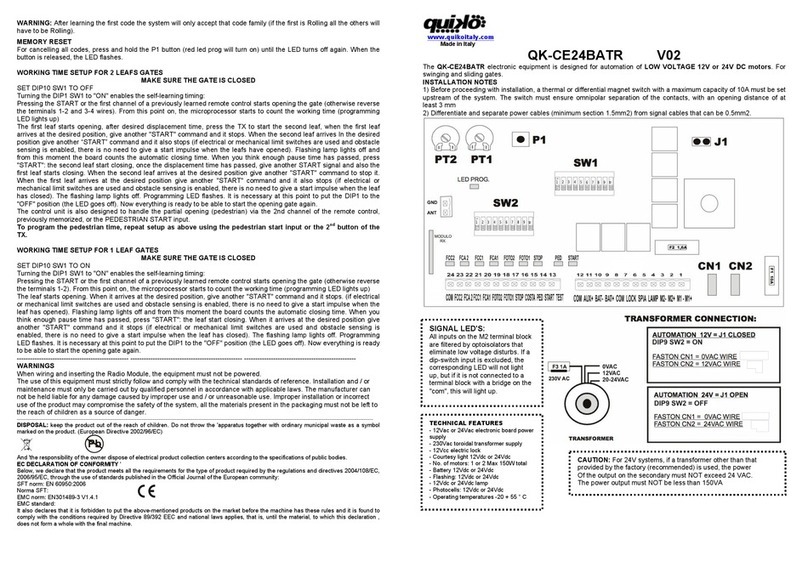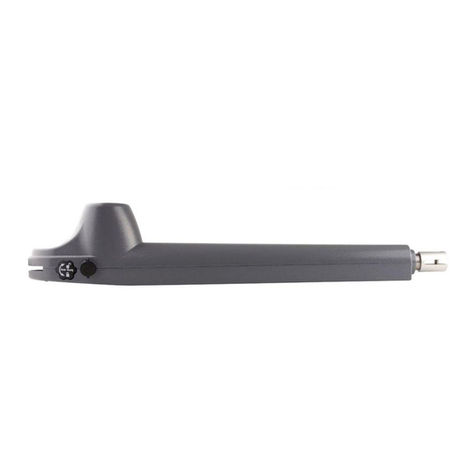GENERAL ADVICE
Install a gate’s safety system that complies with current regulations. Choose short routes for cables and keep
power cables separate from control ones. Install the control card in a waterproof box. Please refer to current
regulations when setting the gear motor’s maximum torque. We advice you to install an outdoor switch, in
compliance with European standards on the issue of safety, to turn the electricity off when servicing the gate.
Check that each single installed device is efficient and effective. Affix easily readable signs warning about the
presence of a motorised gate.
USE
It is absolutely forbidden to use the device for any other purposes.
In case of power failure, act on the manual unlocking device and move manually the gate. Remember that this is
an automatic device powered by electricity, consequently use with care. In particular, remember:
- not to touch the device with wet hands and/or wet or bare feet;
- cut off the power before opening the control box and/or actuator;
- not to pull the lead to pull the plug out;
- to put the gate in movement only when it is completely visible;
- to keep out of the gate’s range of action if it is moving. Wait until it has stopped;
- not to let children or animals play near the gate;
- not to let children use the remote control or other operating devices;
- in case of failure, to turn off the switch power and operate the gate manually only if it is possible and safe. Refrain
from touching the gate and call an authorised technician.
MAINTENANCE
Operators need very little maintenance; however their function depends also on the gate conditions, hence here
are operations to be done to keep the gate efficient at all times. Warning: only a skilled technician shall be able to
control the automatic gate while it is being serviced. For this reason please cut off power, avoiding also electric
shocks hazard. If on the contrary power is required for some checks, only authorized technician shall do that
Routine maintenance
Each of the following operations must be done when needed and in all cases at least every 6 months:
1) Mechanical maintenance
Lubricate the hinges on which the gate swings;
check the good conditions of brackets and motor’s hinges;
check the right functioning of the unlocking mechanism
2) Electrical maintenance
Check the proper working of the safety devices;
check the ground connection integrity,
Test, by pushing the proper pushbutton, the efficiency of the differential circuit breaker ( 0,30 mA sensibility)
Try the differential switcher once a month by pushing the special test button on the switcher.
